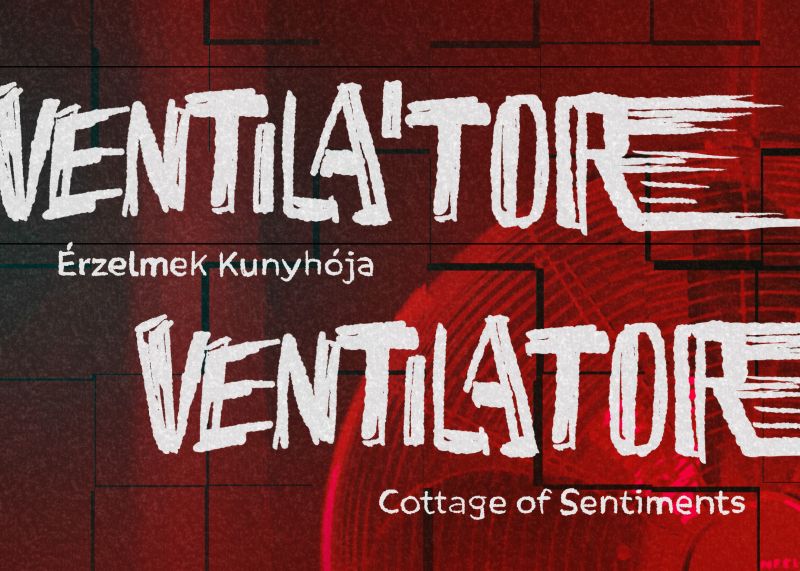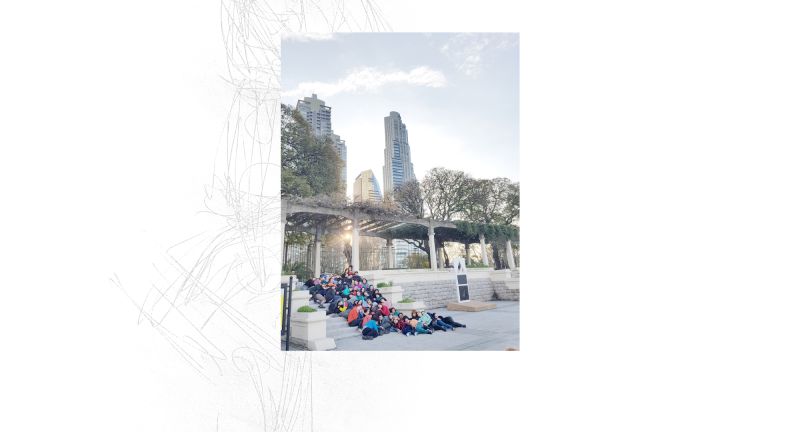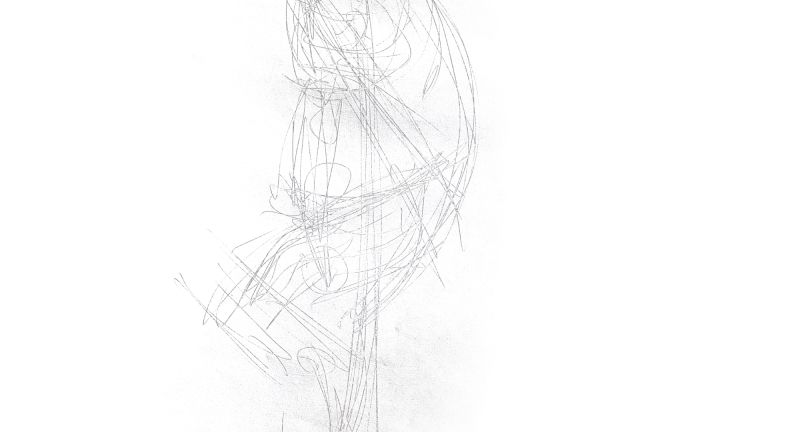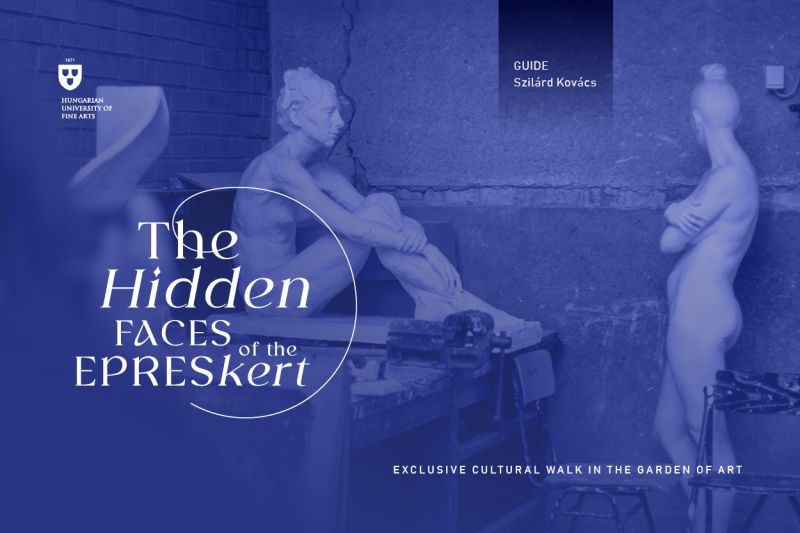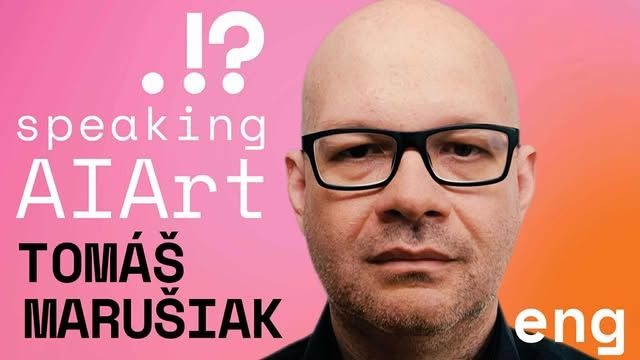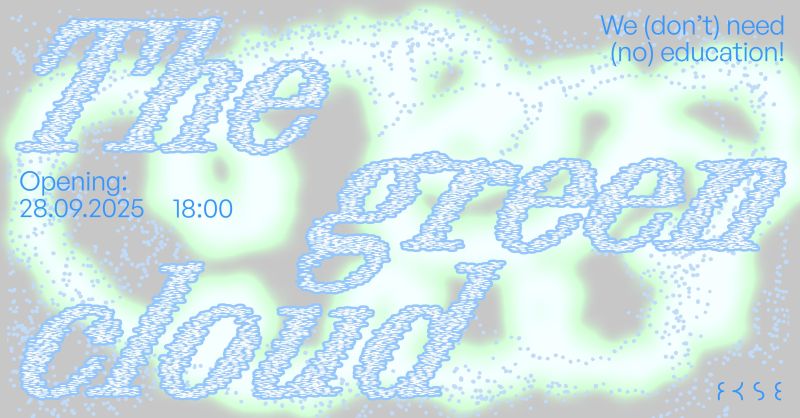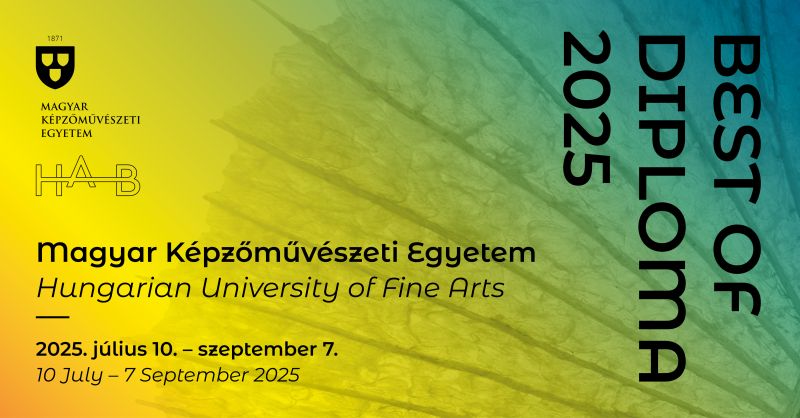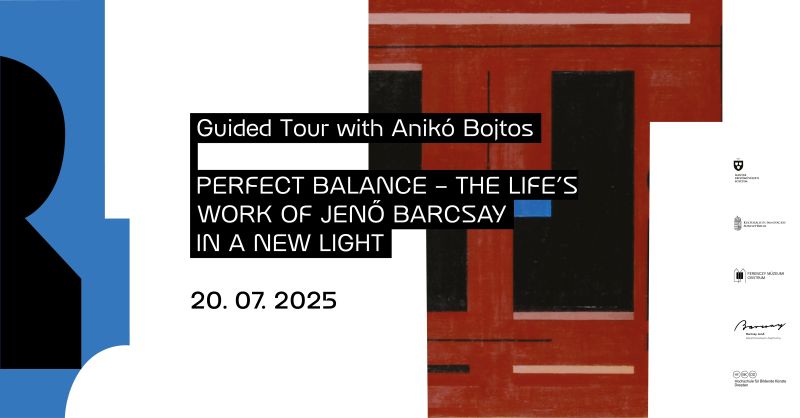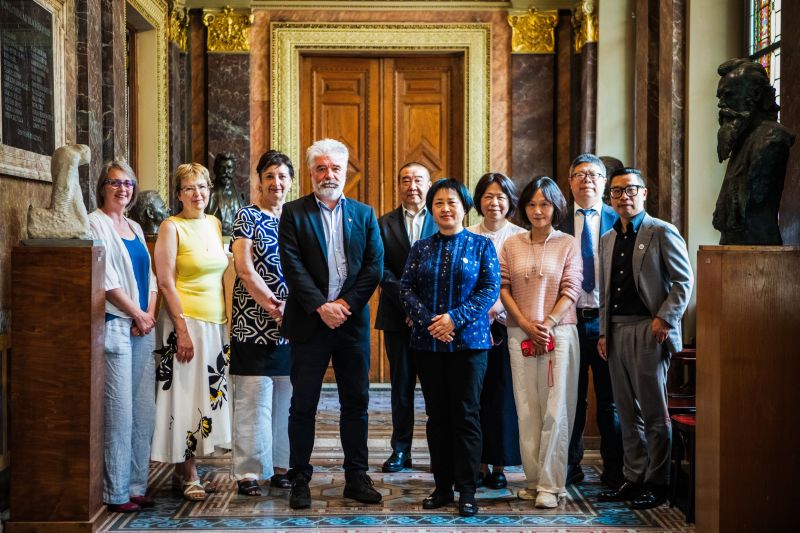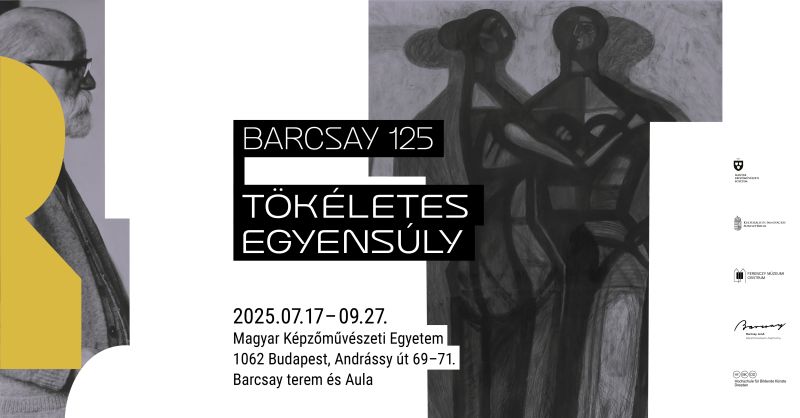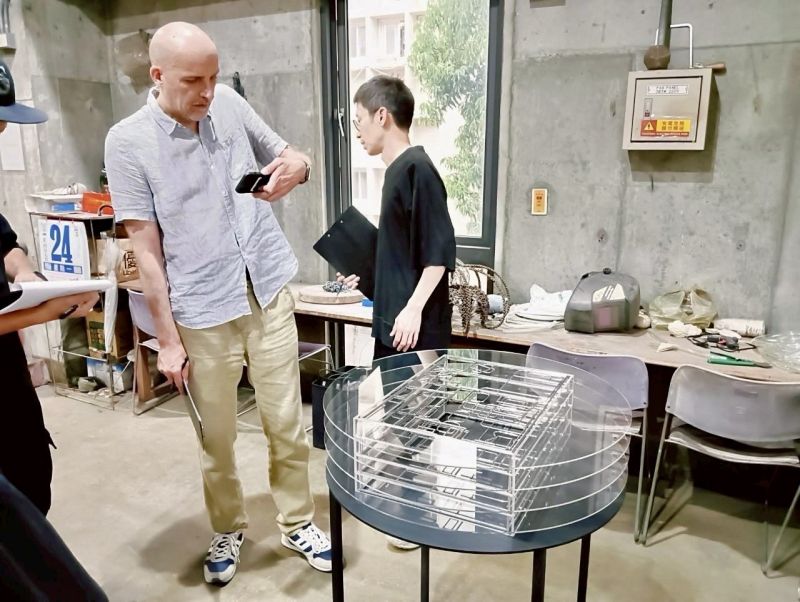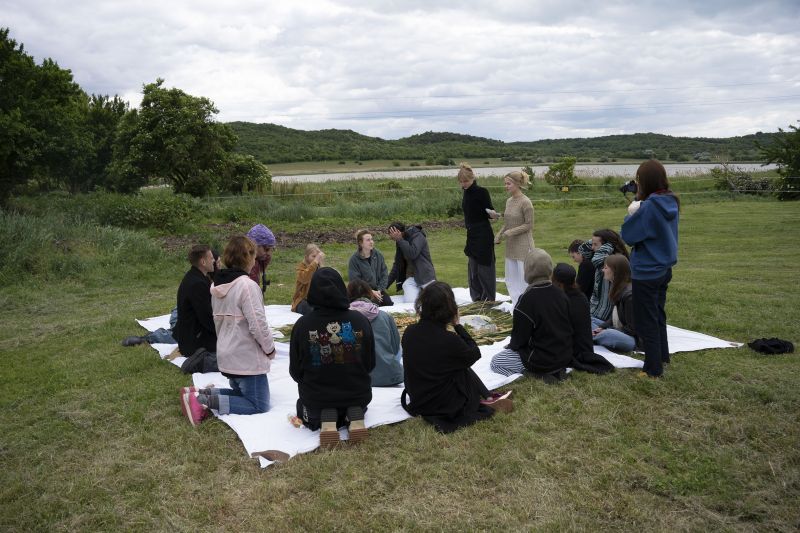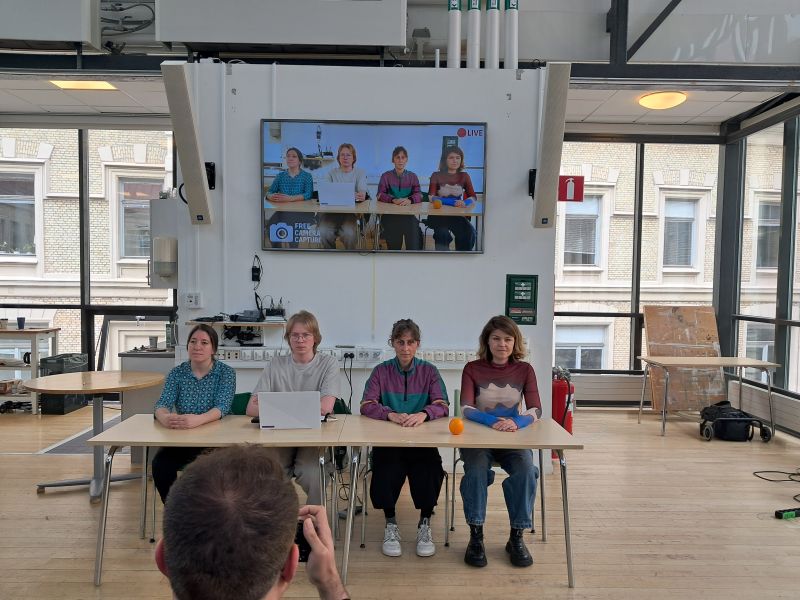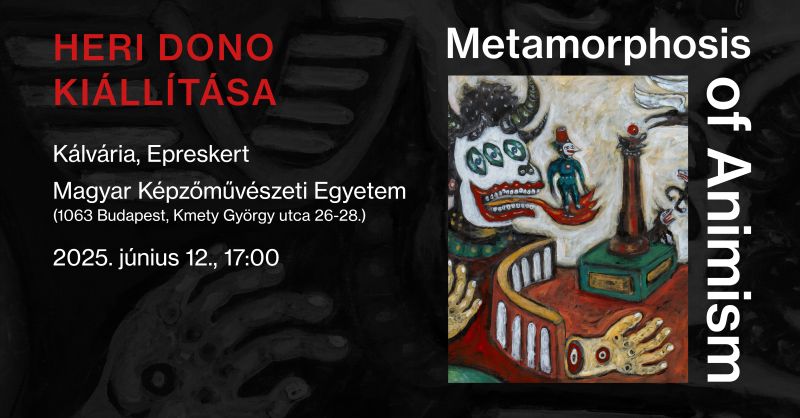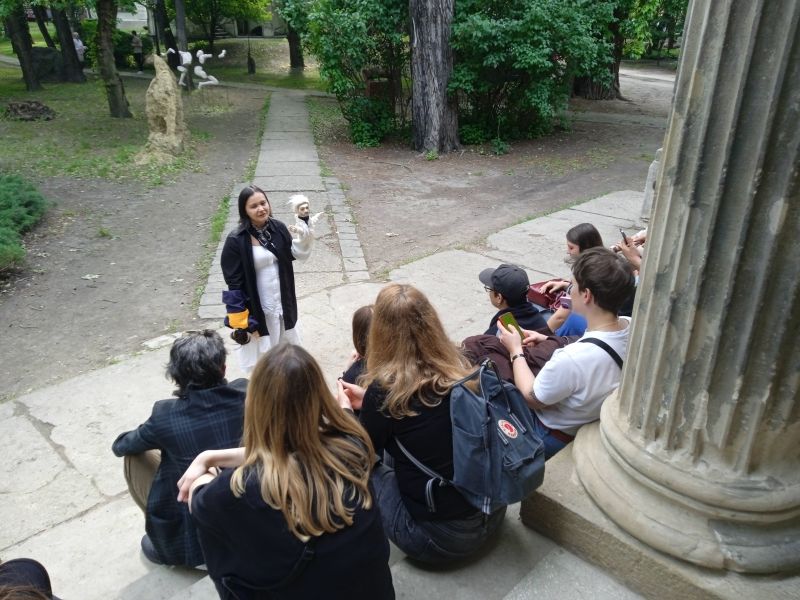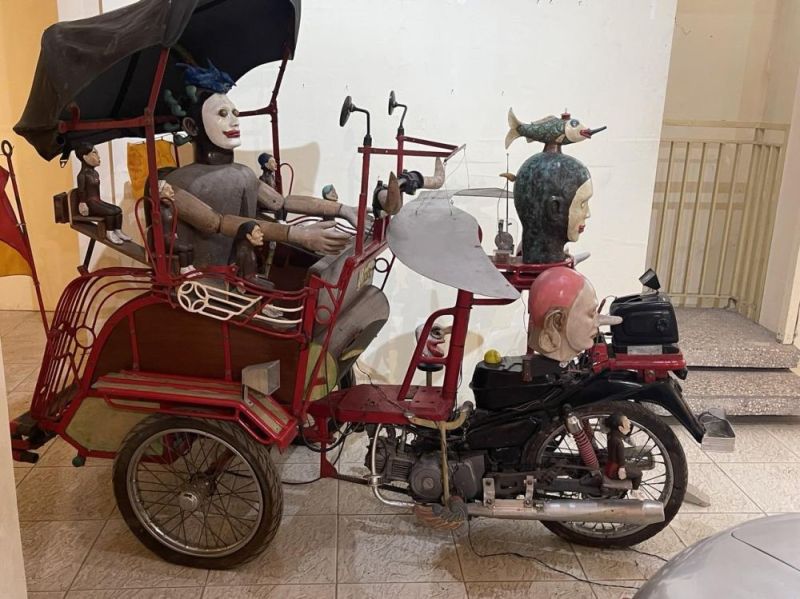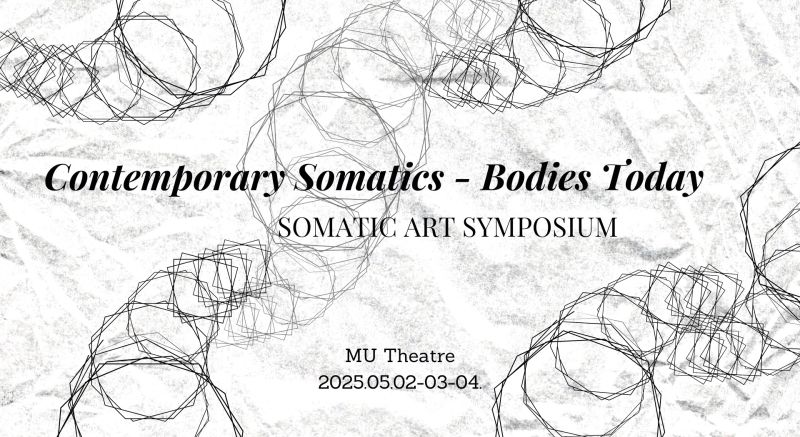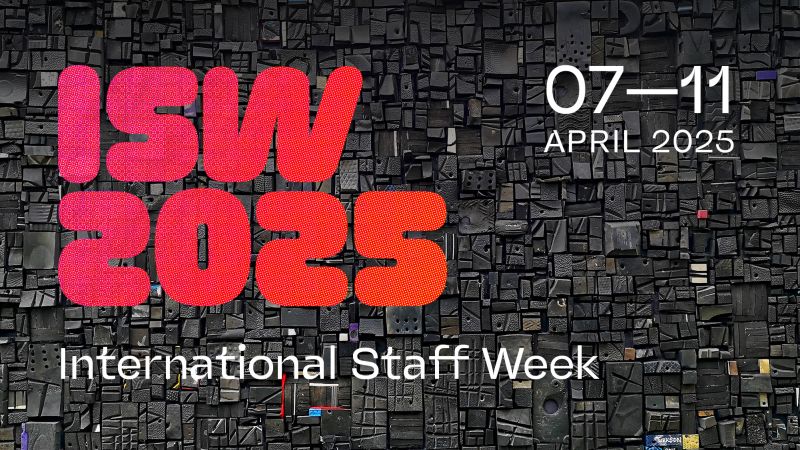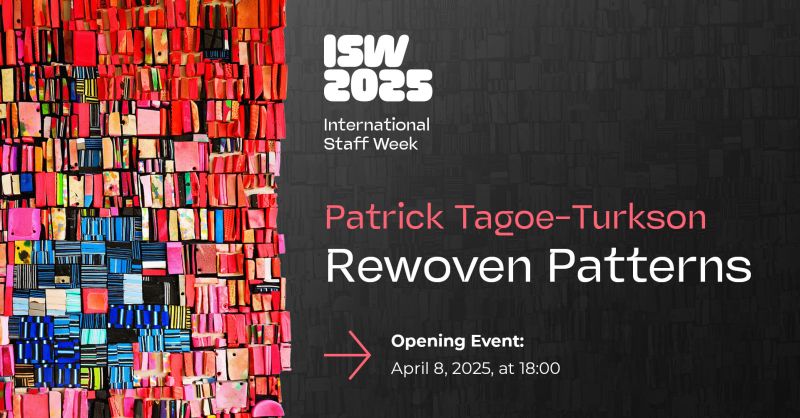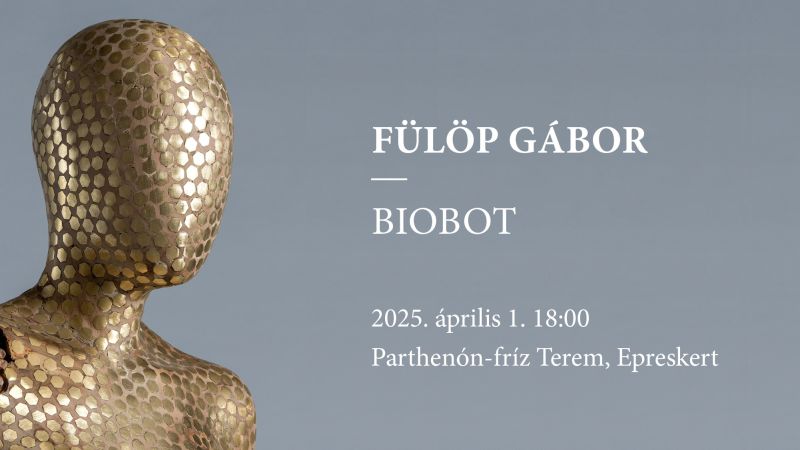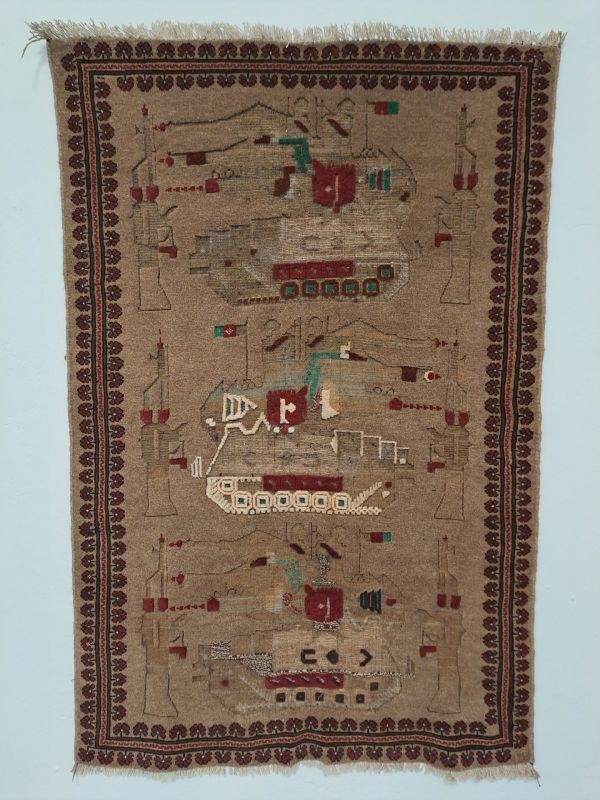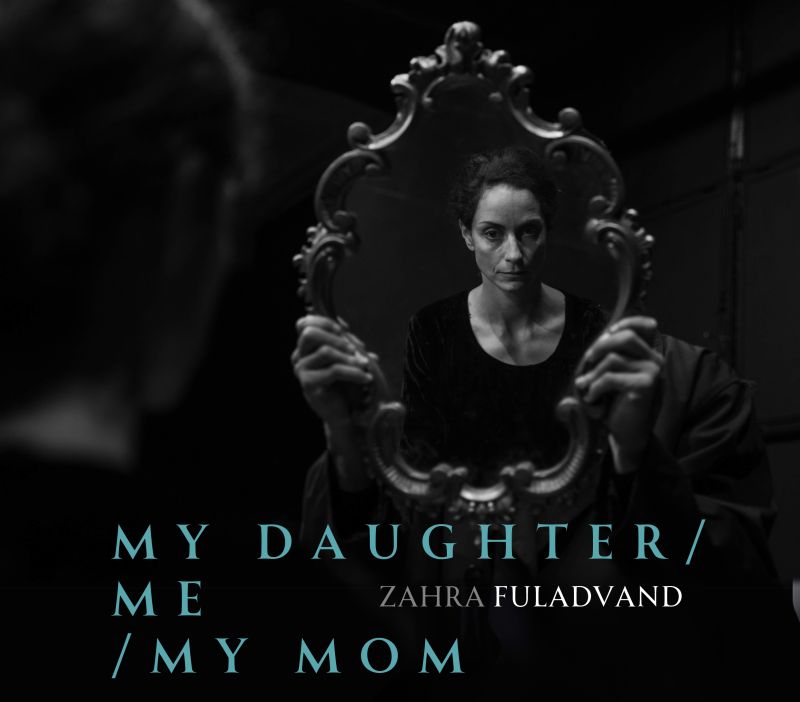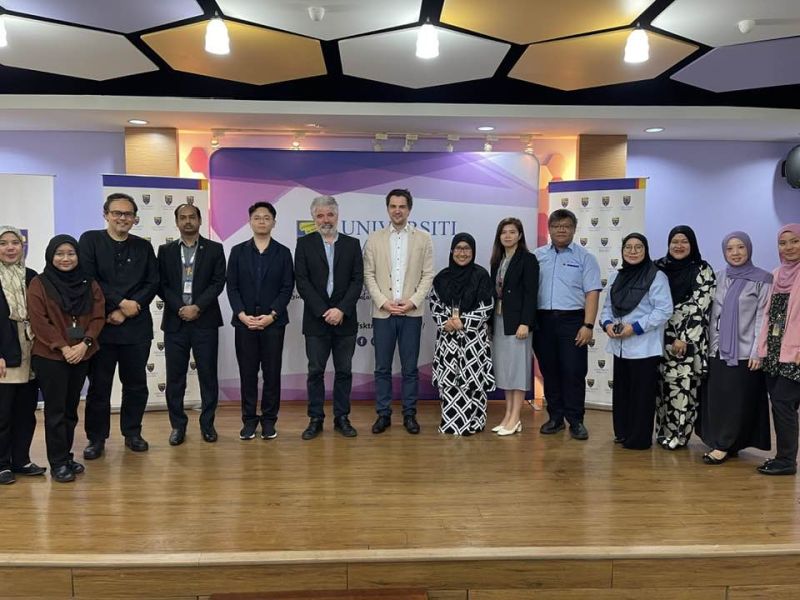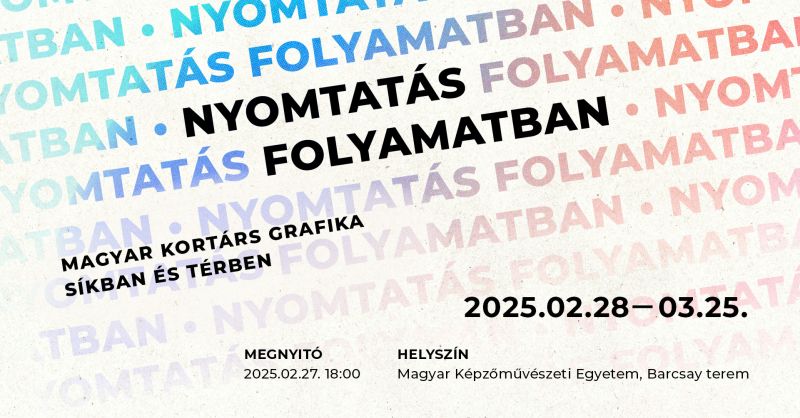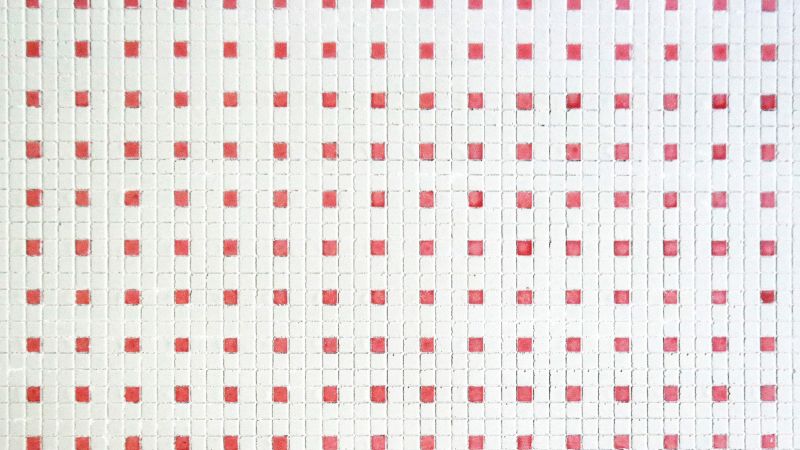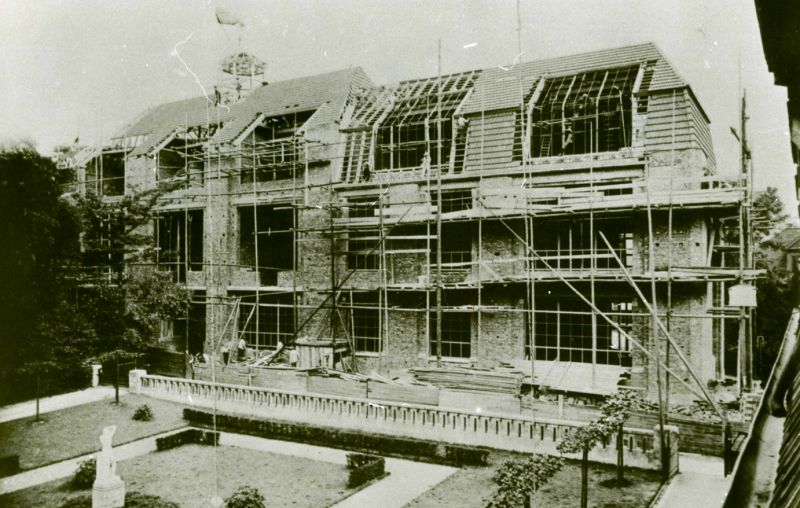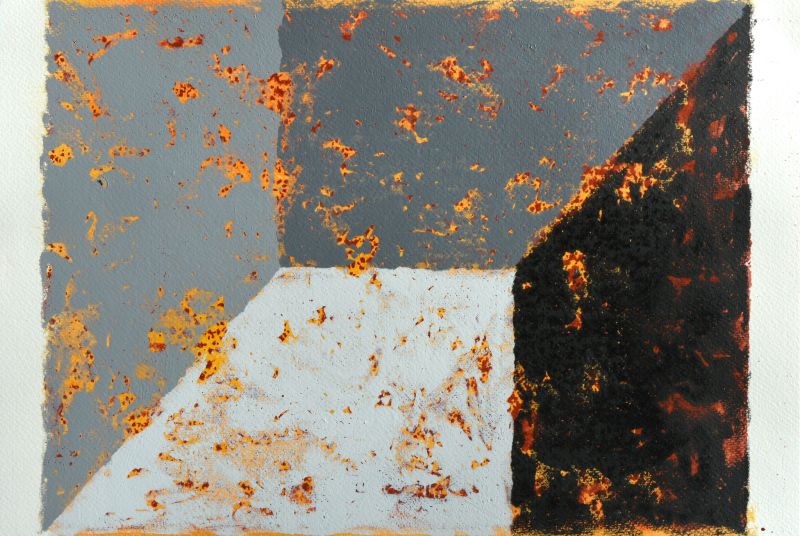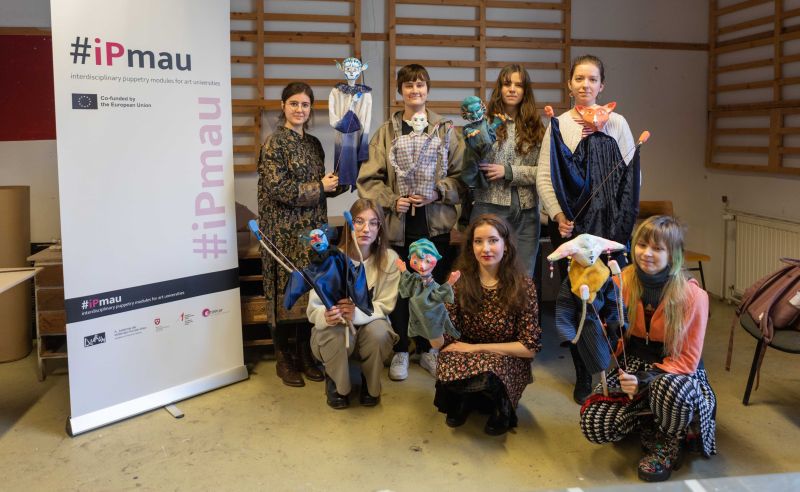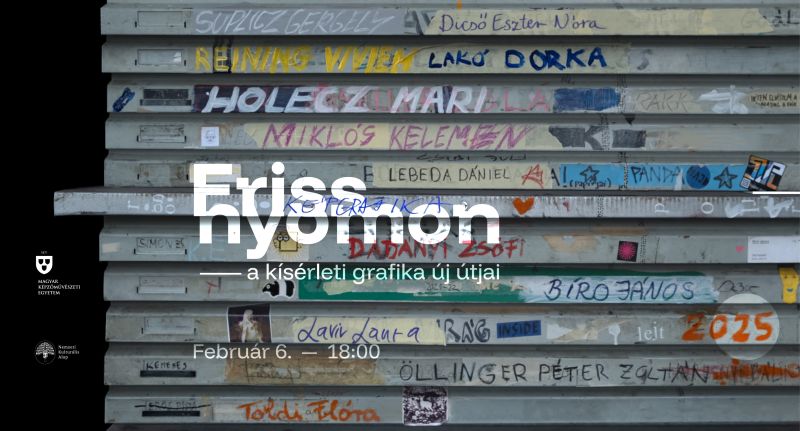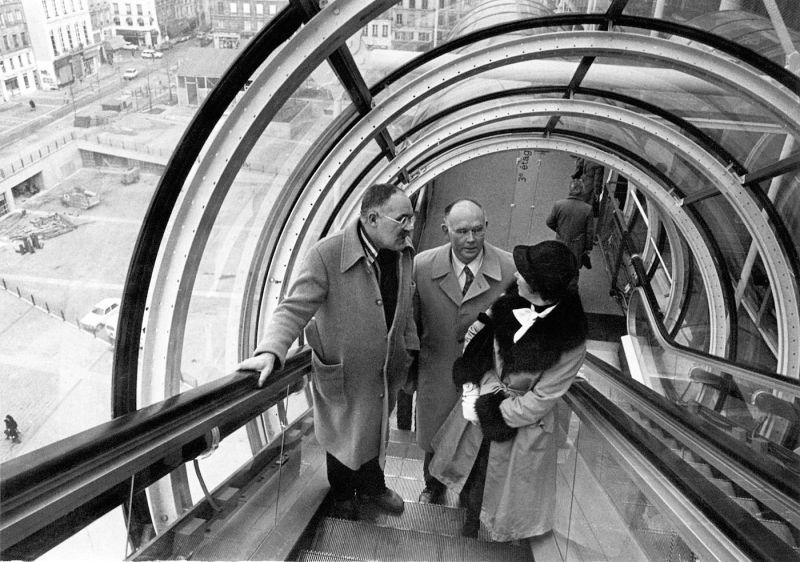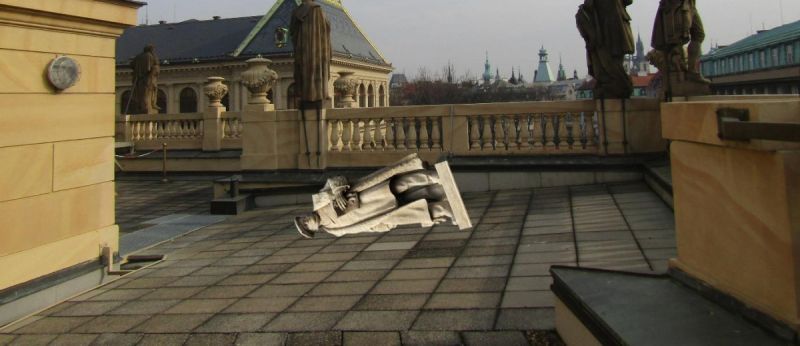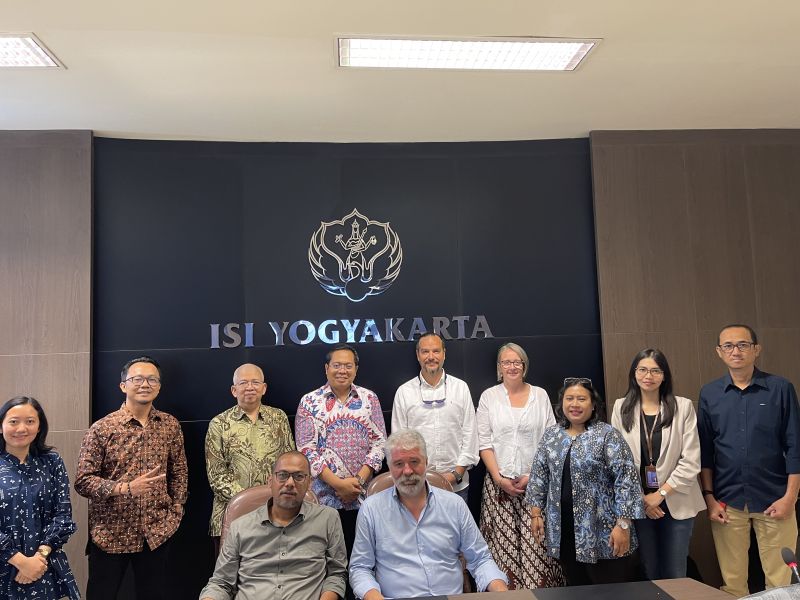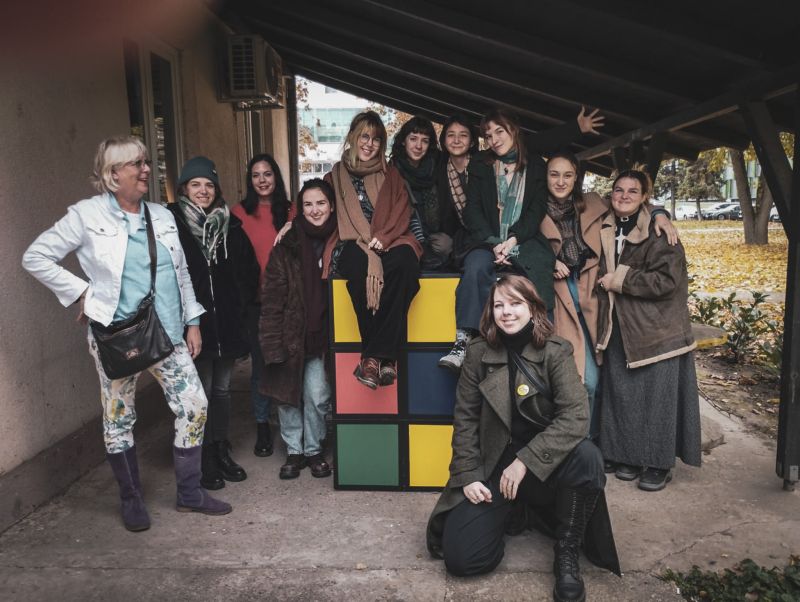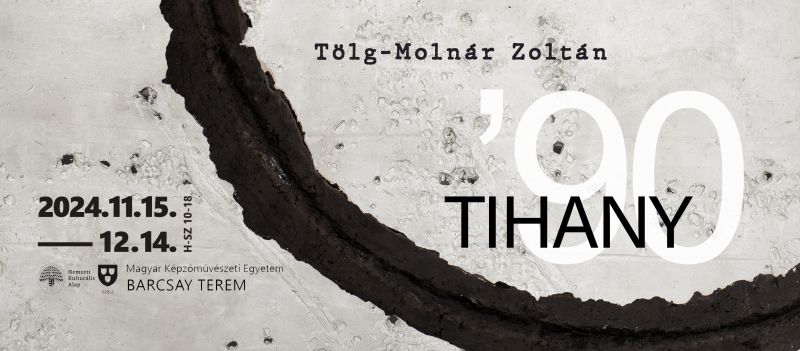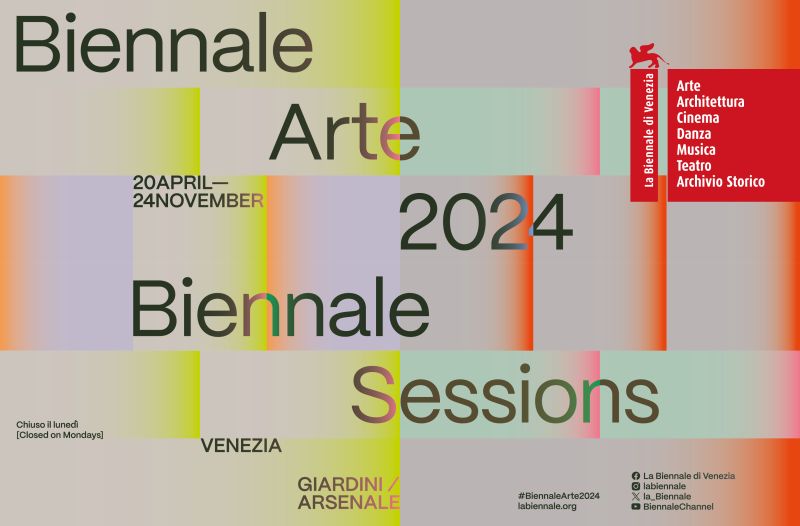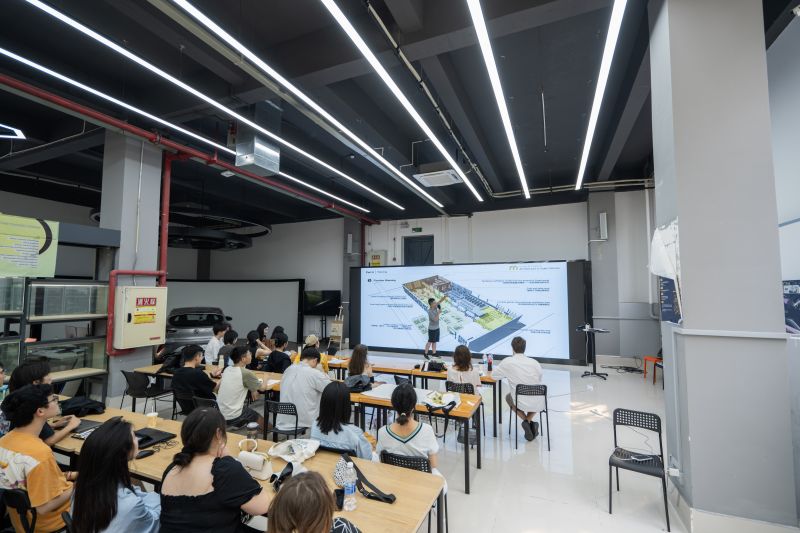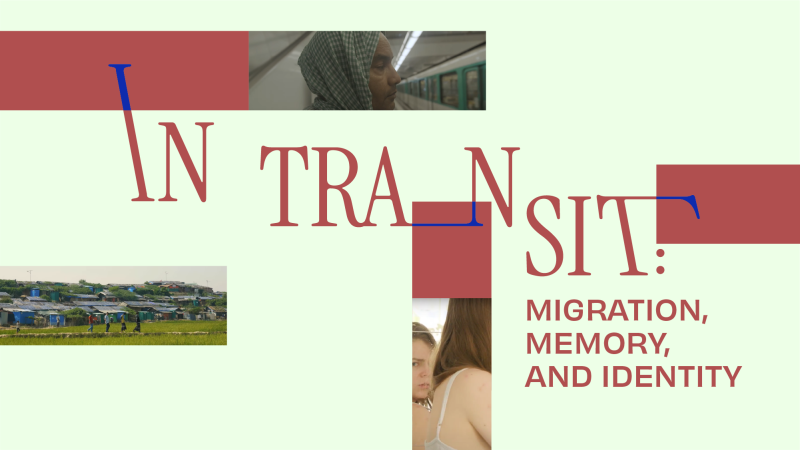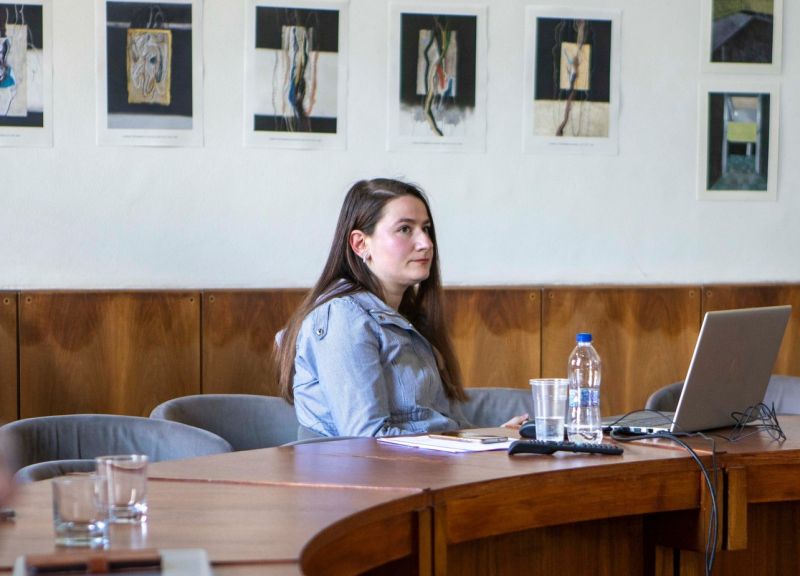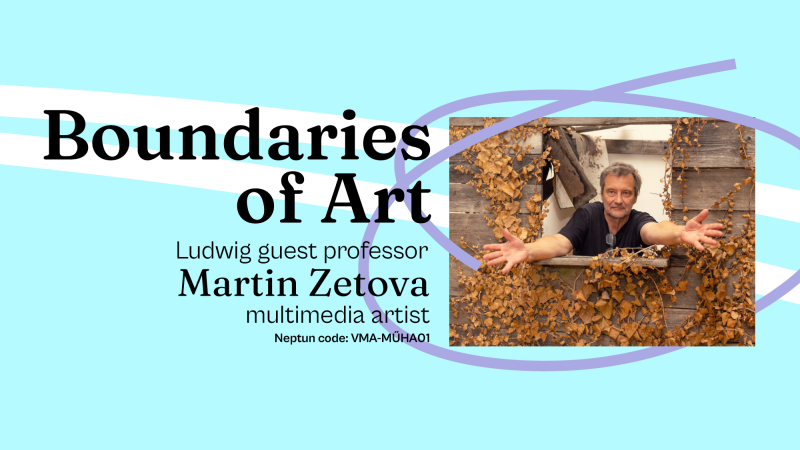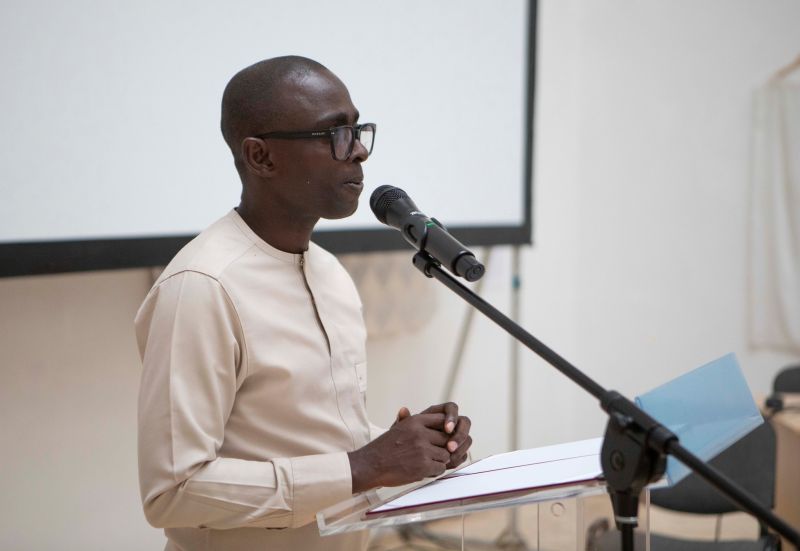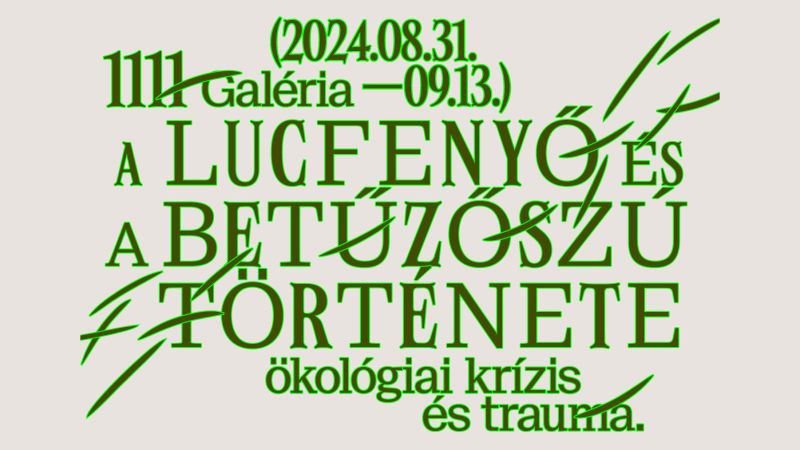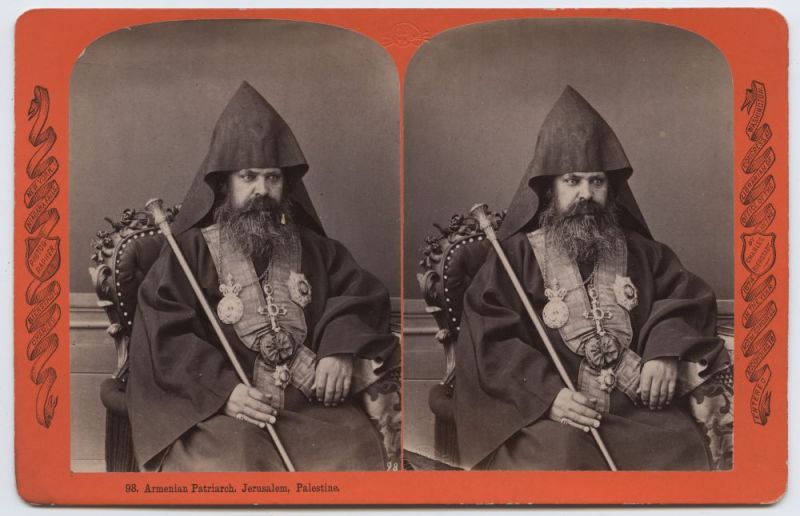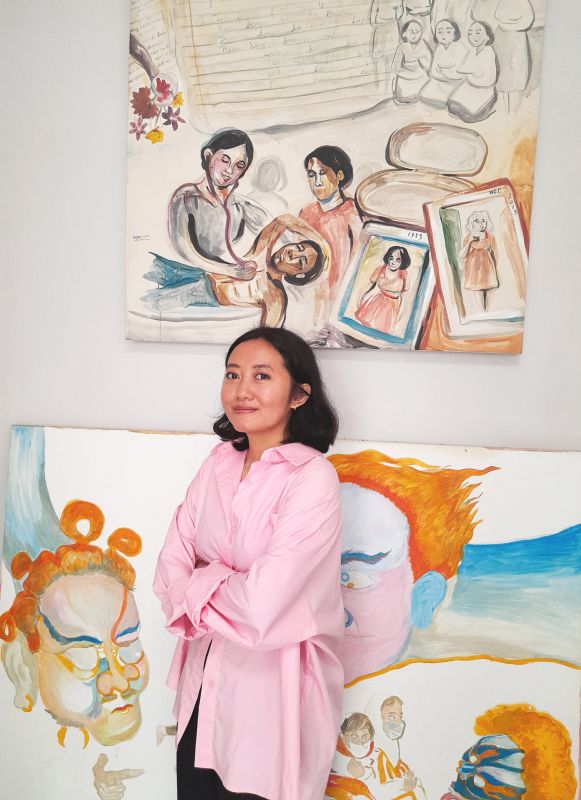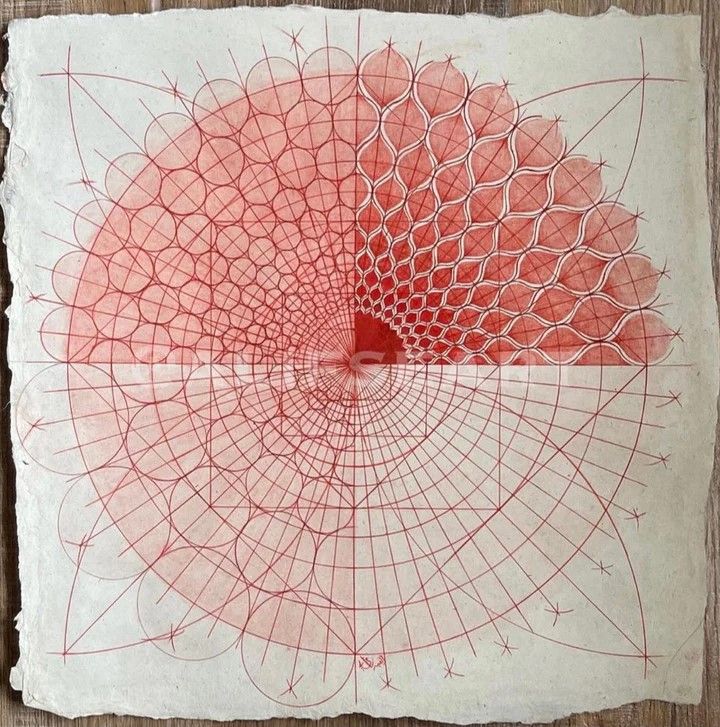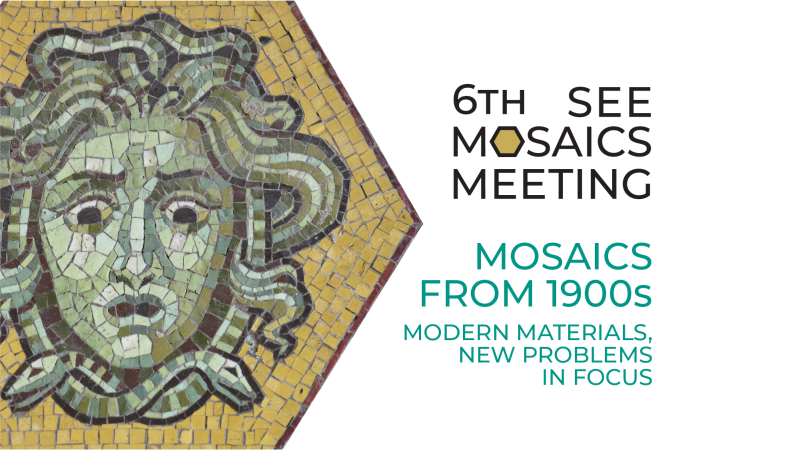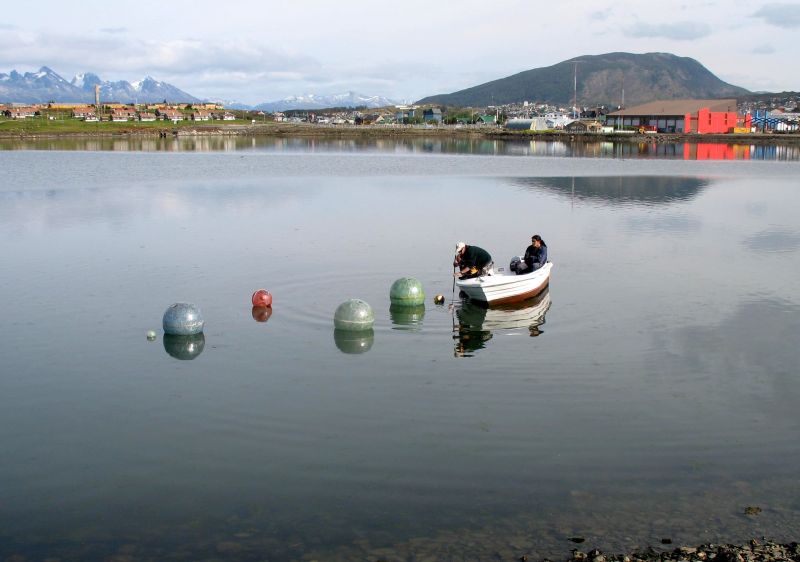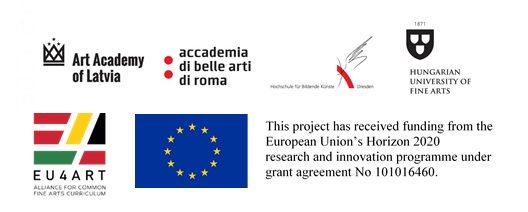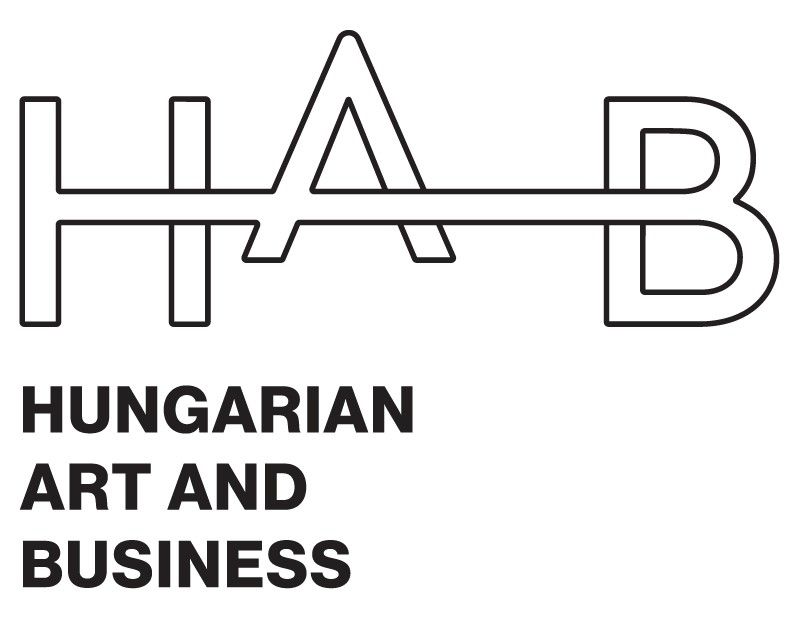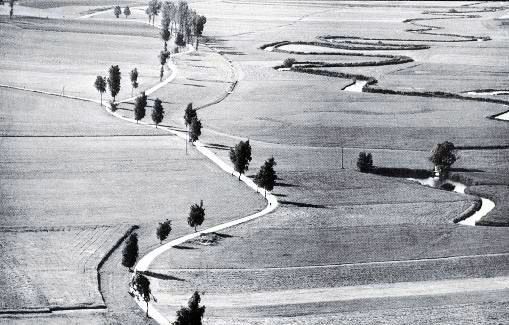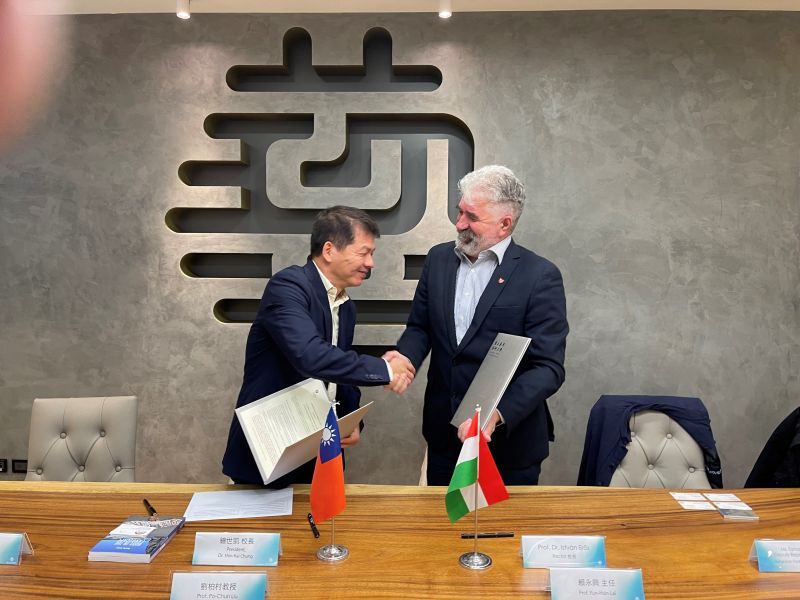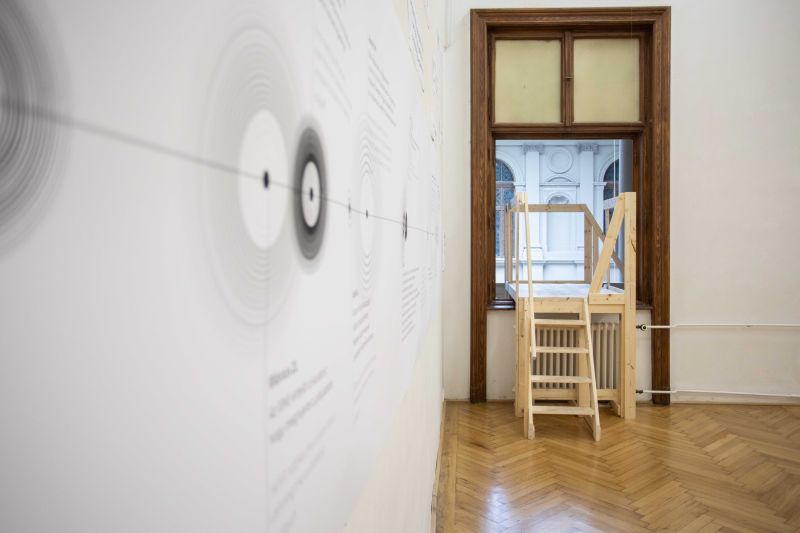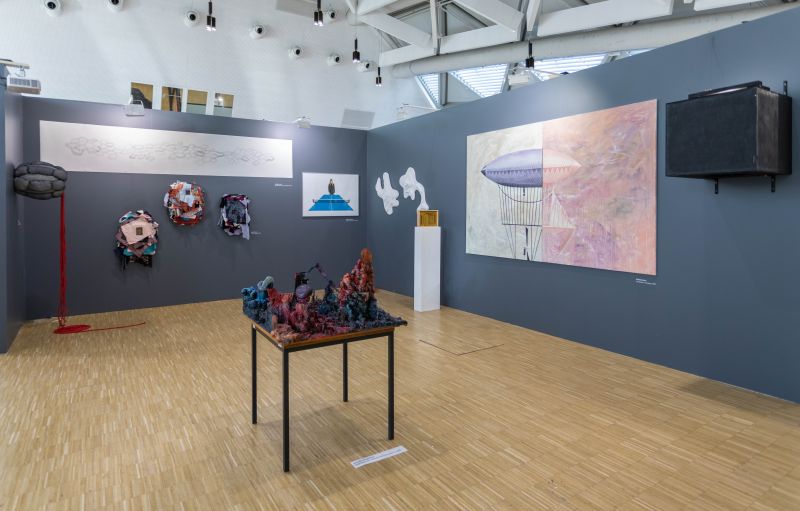Interview series on International Week 2024 – Ito Toshimitsu

Interview series on International Week 2024 – Ito Toshimitsu
The Hungarian University of Fine Arts organised its highly successful International Week from 22-26 April 2024.
Guest speakers from Europe, Asia and Africa visited all the venues of our University and gave lectures or workshops on a very special topic to students and visitors from partner institutions.
Four foreign speakers from Ghana to Indonesia were interviewed and are published here under the News.
Prof. Ito Toshimitsu, Universtiy of Hiroshima, Japan
Could you introduce the Art Faculty of the University of Hiroshima?
Hiroshima City University is a comprehensive university consisting of three faculties, t Faculty of International Studies, Faculty of Information Sciences, and Faculty of Arts. As a policy of the entire university, we are focusing on international exchange, and currently 20 universities outside the country have a description agreement.
The Faculty of Arts is promoting practical -centered educational research with the goal of training writers who can play an active part in the world. As for the educational policy, the curriculum is composed of the concept of "aiming to acquire original artistic expressions while respecting tradition", and MKE and the Faculty of Arts are similar issues and possibilities regarding educational policies and educational methods. I feel it has.
The Faculty of Arts is based on the Department of Arts and the Department of Design Craft, and the Department of Fine Arts is Japan Painting Major, Oil Painting Major, Department of Sculpture. Department of Design and Applied Arts, Contemporary Expressions, Contemporary Expressions, Three-Dimensional Modeling, Visual Media Tal fabrication, dyeing and waving, lacquer molding.
Can you mention something special or something tipically local about your faculty?
The sculpture department to which I belong conducts many art projects outside of school. In our hometown of Hiroshima, we have planned and executed exhibitions using buildings that remained after the atomic bombing (1945) (exposed buildings) and the main streets of the city. In addition to Hiroshima, he also holds residencies and exhibitions in areas where depopulation is progressing and on remote islands. We believe that by having faculty, students, and even alumni participate in these art projects, we can research the area and create works together, which will lead to the growth of our students. Additionally, in the fields of design and crafts, we are actively promoting collaborative projects with local companies and the region.
You hold a presentation titled „Land memory and artwork” and also a workshop. Please, tell us more about your topic.
Nowadays, globalization is progressing on a global scale in everything including politics, economy, and culture. As a result, especially in terms of culture, unique local cultures and living environments are being lost, and there is a growing tendency for artistic expression to be evaluated based on uniform values. However, even today, each region still has its own history and unique culture, and I believe that through research, artists can understand these and express them in their works, thereby creating a new and rich culture.
In the workshop, we asked each participant to draw their mental landscape in ink (monochrome), and through the process of making it three-dimensional, we attempted to connect it to a unique and original sculptural expression.
What is your current project, what are you currently working on?
Currently, for Setouchi Triennale 2025, he has been conducting research on Shodoshima as well, and has begun to create a new work.
I also feel the potential to express the landscape with a sculpture, and explore how to express a landscape that does not have a clear form like the human body or animal as a sculpture.
What have you found most interesting about our university or Budapest?
There are many bronze sculptures in the town of Budapest, telling the history of the city and forming a beautiful landscape. The sculptor's technology is very high, especially the movements of the person are real and powerful. On the other hand, modern times have the reality of society that seek new values and art expressions. In such a modern world, it is very difficult to balance traditional art expressions and innovative expressions, but I think it is the most important issue we need to work on.
As a Japanese art university with the same task, it is very interesting for MKE education and projects.

